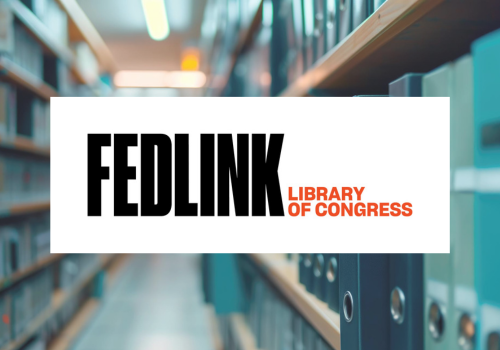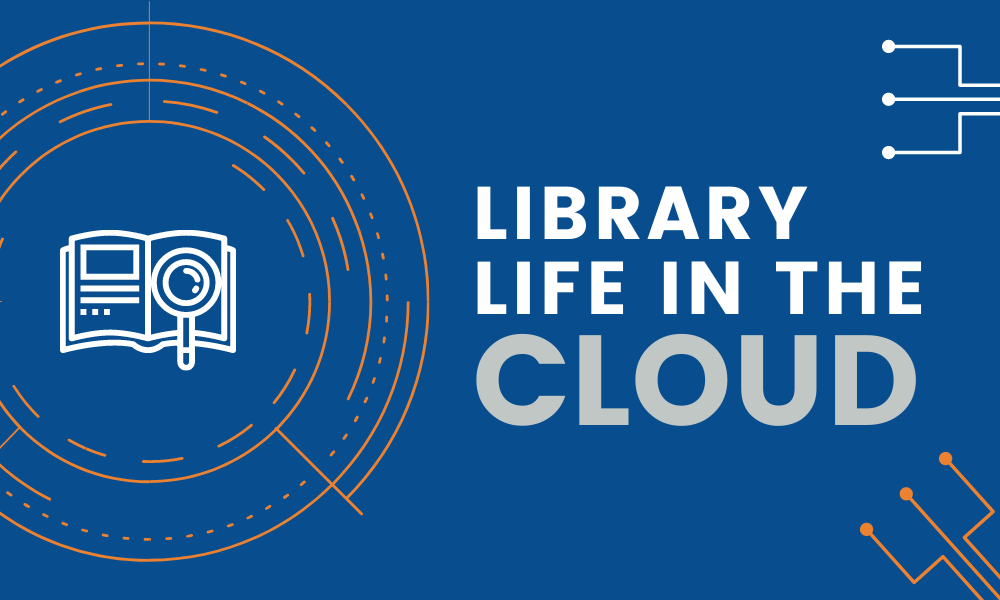Once the research is done and the data collected, the next task becomes one of reporting and communicating the findings. For that, you need to capture the attention of your audience and be memorable. So increasingly, people are looking at data visualization tools for conveying their results graphically. Whether it’s a humble pie chart or a custom-designed infographic, the options seem to be endless.
Chris Belter, one of LAC’s expert librarians working for NOAA (National Oceanic and Atmospheric Administration), recently gave a presentation titled “Dealing With Data From Research to Visualization” at the Computers in Libraries 2014 conference in Washington D.C.
He discussed a select number of applications, websites and other resources that he recommends for data visualizations. I thought it would be helpful to share some of his recommendations. While short, this curated list offers a bit of something for everyone; so if you want to create data visualizations or simply learn more and see examples of what can be done, they’re worth a look.
Flowing Data
Flowing Data was developed by author and data visualization expert Dr. Nathan Yau, PhD, to “explore how statisticians, designers, data scientists, and others use analysis, visualization, and exploration to understand data and ourselves.”
Using this tool requires a nominal paid membership that works out to less than $3 per month, a great value, plus no advertising. (Or, as Yau explains, it allows him to keep Flowing Data free of “blinking gophers” and pop-ups.)
For $34 per year, Flowing Data membership gives you the downloadable source code and files to use with your own data, special access to helpful tutorials and tips, plus links to other useful resources. The public site includes a Learning section with several tutorials and guides, as well as a Projects section where you can view a variety of clever examples:
- Variation and regionality of coffee shops throughout the US and Canada. (It’s not all green for Starbucks as you might expect)
- To prove that any data can be visualized (including text), see Morning Hair Distribution Based on How you Slept (fun bedhead graphic) and one that we like, Famous Movie Quotes as Charts which also shows a variety of visualization types.
Chris says he is fond of the Flowing Data blog as a source of inspiration and ideas. He also recommends Yau’s books, particularly Data Points, as a great introduction to the concepts and practices of visualization.
Tableau Software
This Seattle-based developer started in the computer science department at Stanford University with a mission to “make databases and spreadsheets understandable to ordinary people” and now offers a variety of downloadable and hosted software applications. Chris says the full downloadable version of the software is somewhat pricey, but the company offers a free trial period, as well as educational and nonprofit pricing. The Tableau website also includes a helpful Learning section, as well as webinars and product demos.
Many Eyes
This site, sponsored by IBM, allows you to upload your own data or work with a data set that exists on the site. Many Eyes is described as an experiment of IBM Research and its Cognos software division. According to Chris, “As the name suggests, many people can look at it. So any data uploaded to the site becomes visible and downloadable by everyone.”
Many Eyes offers half a dozen visualizations, nicely explained on this page and summarized below:
- Analyzing text
- Comparing a set of values
- Relationships among data points
- Parts of a whole
- Geographic data
- Data over time
Open Source Data Visualization Software
Chris also recommends the following Open Source data visualization tools and applications, which are available for free (under GNU General Public License) or a donation. Except for Inkscape, these tools are for serious, complex data requirements.
- Notepad++: Data wrangling and cleaning.
- R: Serious statistical computing, data mining and graphics.
- Sci2 Tool: Designed for the study of science and supported in part by the School of Library and Information Science at Indiana University.
- Gephi: Interactive network visualization and exploration platform.
- Inkscape: Vector graphics editor similar to Adobe Illustrator for creating, polishing and editing visualizations.
Chris is a talented LAC Federal librarian who has been on assignment at the NOAA Central Library for several years, where he manages and analyzes scientific publications, provides reference services, and maintains the library website. Chris is one of the many specialized librarians on our team who epitomizes the modern library professional as a valuable knowledge worker with skills that add value to any research, curation and other information project or position.
Reports are an important research deliverable we offer our clients, as information is essentially worthless without interpretation and understanding. And with information overload being a legitimate concern, data visualization tools can be an effective way to separate the signal from the noise and help you communicate quickly and clearly to any audience.
Need professional research and reporting, or have questions about data visualization? Contact us and we’ll be happy to answer any questions.



